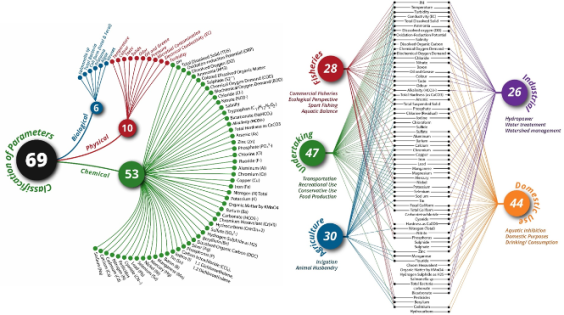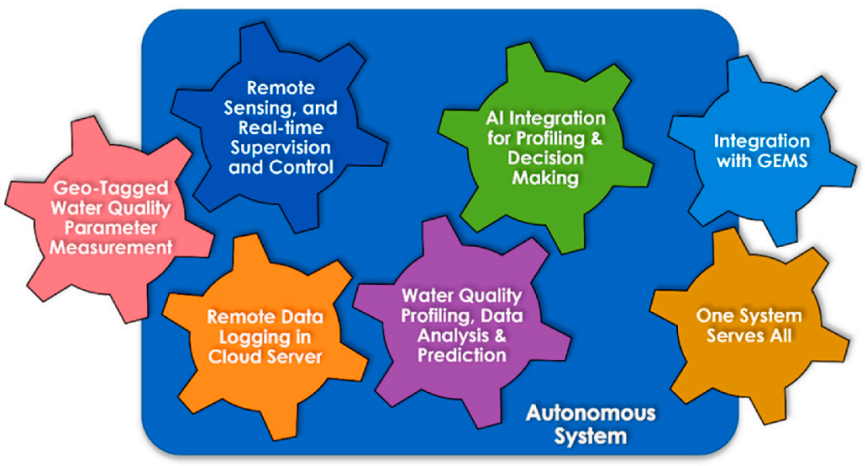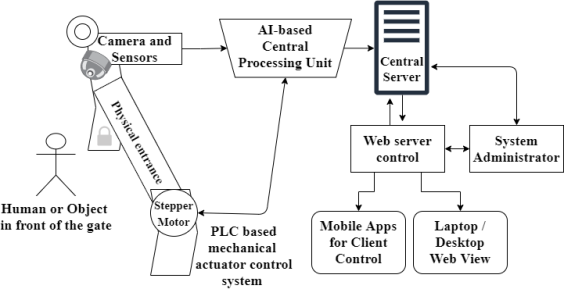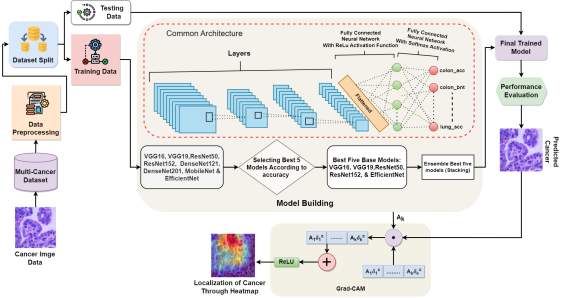Research & Publications
Surface water quality profiling using the water quality index, pollution index and statistical methods: A critical review
By Rajaul Karim | 28 Jul, 2023

Type: Journal Paper
Journal Name: Environmental and Sustainability Indicators
Doi: 10.1016/j.indic.2023.100247
IF: 4.68
Publisher: Elsevier
Surface water is heavily exposed to contamination as this is the ubiquitous source for most of the water needs. This situation is exaggerated by the excessive population, heavy industrialization, rapid urbanization, and improper sanitation. Comprehensive measurement and knowledge extraction of surface water quality is therefore pivotal for ensuring safe and hygienic water use. Consequently, surface water quality profiling has received remarkable academic attention in recent decades that produces an ample amount of research results. This study, therefore, conducts a comprehensive systematic literature review to summarize and structure the existing literature and to identify current research trends and hotspots. Reported results suggest that the terrain of fresh surface water includes 13 distinct water sources that are predominantly used in 5 sectors. These sectors often cause the water pollution in the form of industrial effluents, agricultural runoffs, and domestic sewage. For profiling the water quality, around 23 Water Quality Index (WQI) models, and 10 Pollution Index (PI) models are used in research. These models often use several water quality parameters. This study reports an exhaustive taxonomy of 69 prominent quality parameters in three categories which will support their adoption for these models. Finally, the limitations of the current manual water quality measurement approaches are summarized to propose a set of seven requirements for the tech-intensive water quality profiling research and system development.

Left Image: Taxonomy of the 69 water quality parameters along their Natural factors, e.g., physical, chemical, biological and bacteriological
Right Image: A comprehensive classification of the 69 parameters along 5 fundamental usages of the surface water.

Fig: System Specifications for a smart integrated Water Quality Management System.


![A Comprehensive Dataset of Surface Water Quality Spanning 1940-2023 for Empirical and ML Adopted Research | Scientific Data (Nature) [Impact Factor: 9.8 | Cite Score: 11.2 | Q1]](https://rajaul.com/storage/blogs/March2025/CQTsm6jTFS9bHALrn0Nn.jpeg)
